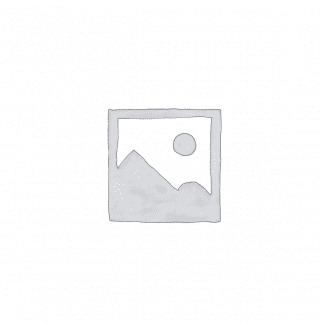ABSTRACT
The study is concerned with highlighting and
i
initiating the techniques of screen printing in pottery
decoration among the Studio Potters in Nigeria. There
are 83 pages, 8 tables and 13 plates.
Three major purposes were outlined for the study:
1. To identify the procedures involved in screen
printing.
2. To identify the suitable materials for screen
printing on pottery.
3. To demonstrate the aesthetic quality of screen
printing on pottery.
Two basic assumptions were made:
1. That the materials for screen printing can be
obtained in the country.
2. That variations and instability of kiln atmosphere
during firing may affect the result of the study.
The following constitutes the entire population
for the study: screen mesh, stencils, adhesive,
transfer paper, lacquer varnish, oil vehicles, ceramic
inks. Rational sampling Was adopted in drawing samples
for the study due to inavailability and inaccessibility
of some of the materials.
vi
Based on the analysis of data for this study, the
following inference were drawn:
1. That generalisation cannot be made of the materials
used in the study.
2. It is more economical to use engobe in under-glaze
printing than using stain.
3. That the cheap and common silk scarf specially made
for sifting flour is very good for screening ceramic
inks.
4. Prints do not register on dusty ceramic surfaces
5. That engine oil and petroleum jelly pomade are not
suitable as oil mixers for screen printing.
6. That local corn starch, soft newsnrint and filter
paper are potential materials for making ceramic
decal.
- For Reference Only: Materials are for research, citation, and idea generation purposes and not for submission as your original final year project work.
- Avoid Plagiarism: Do not copy or submit this content as your own project. Doing so may result in academic consequences.
- Use as a Framework: This complete project research material should guide the development of your own final year project work.
- Academic Access: This platform is designed to reduce the stress of visiting school libraries by providing easy access to research materials.
- Institutional Support: Tertiary institutions encourage the review of previous academic works such as journals and theses.
- Open Education: The site is maintained through paid subscriptions to continue offering open access educational resources.



